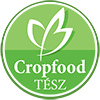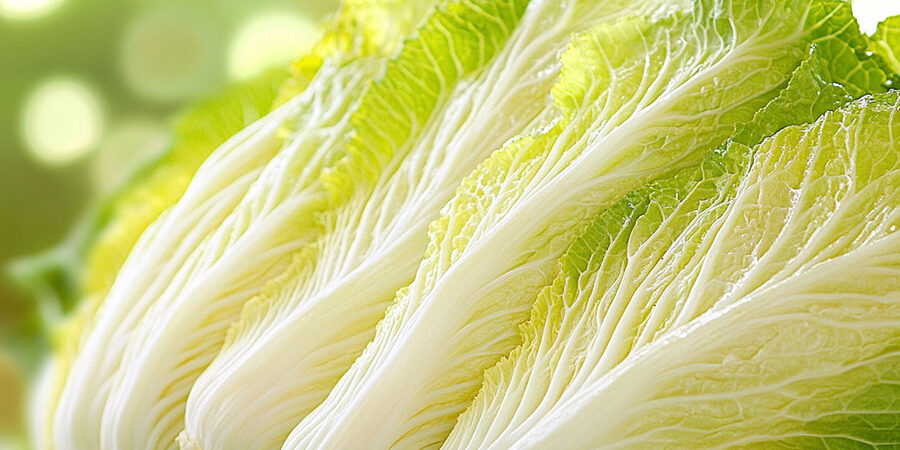With the support of our stable Hungarian producer base, this vegetable is always available in high quality in our wholesale assortment – ask us for an offer!
Nappa cabbage (Brassica rapa var. chinensis) is a staple vegetable in Asian cuisine and has become increasingly popular in Europe in recent years.
The history of nappa cabbage
Nappa cabbage originated in China, where it has been grown for over 6000 years. Over time, it spread to other Asian countries, and in the 20th century it was introduced to Europe and North America.
Health benefits
Nappa cabbage is low in calories but rich in nutrients such as:
- Vitamins A, C and K
- Minerals: calcium, iron, potassium
- Fibers
These nutrients help to boost the immune system, bone health and improve digestion.
Economic background, growing in Europe
Although nappa cabbage has traditionally been grown in Asia, it is now being cultivated in more and more countries in Europe, especially in the Mediterranean regions, where the climate is favourable for its development. It is also being experimented in Hungary, although it is not yet one of the most commonly grown vegetables.
Specificities of its cultivation
Season
Nappa cabbage prefers cooler weather, so the best growing season is spring and autumn. In the heat of summer, it is more prone to swelling, which reduces the quality of the leaves.
Growing methods
Nappa cabbage can be grown both outdoors and in greenhouses. When growing outdoors, it is important to ensure proper soil preparation and a weed-free environment. Growing in greenhouses allows for a longer growing season and a better quality crop.
Production in Europe and Hungary
In Europe, nappa cabbage is mainly grown in Italy and Spain, where favourable climatic conditions favour its development. In Hungary, its cultivation is still less widespread, but growing demand has led to an increasing number of farmers cultivating it.
Availability in shops
Nappa cabbage is at its freshest in the spring and autumn months, when it is most commonly found on store shelves. Hungarian-origin products are mainly available during these periods, while imported nappa cabbage is typically sold in the winter and summer months.
How to choose a good quality nappa cabbage?
When buying, you should consider the following points:
- Colour: Fresh nappa cabbage leaves are bright green and the stems are white.
- Texture: the leaves should be crisp and the stems firm and moist.
- Damage: avoid specimens with yellowing, mottled or wilted leaves.
How do we use nappa cabbage in the kitchen?
Nappa cabbage is a versatile vegetable that can be used in many dishes:
- Salads: Raw, cut into thin strips and used in fresh and crunchy salads.
- Soups: it cooks quickly, making it ideal for soups such as Asian-style soups.
- Steamed or baked: it retains its crunchiness and flavour when steamed for a short time or baked in a wok.
- Fermented: kimchi, the famous fermented dish of Korean cuisine, is often made from nappa cabbage
How to store after purchase?
To preserve the freshness of nappa cabbage:
- Store in a refrigerator, wrapped in a plastic bag.
- Avoid moisture as it can accelerate deterioration.
- Ideally, consume within 3-5 days.
Interesting facts about pak choy
- Nappa cabbage is not only green, but also reddish-purple, although this is less common.
- Botanically, it belongs to the cabbage family, but is often treated as a separate category because of its taste and texture.
- Nappa cabbage is an excellent moisturising vegetable due to its high water content.
Tips for using nappa cabbage in the kitchen
- Do not overcook to preserve freshness and nutritional value.
- Pair with garlic, ginger or soy sauce for an authentic Asian flavour.
- Always add it to wok dishes at the end of cooking to keep it crispy.


